#history of india
Text
Time Travel Question : Medievalish History 8 and Earlier
These Questions are the result of suggestions from the previous iteration.
This category may include suggestions made too late to fall into the correct earlier time grouping. Basically, I'd already moved on to human history, but I'd periodically get a pre-homin suggestion, hence the occasional random item waaay out of it's time period, rather than reopen the category.
In some cases a culture lasted a really long time and I grouped them by whether it was likely the later or earlier grouping made the most sense with the information I had. (Invention ofs tend to fall in an earlier grouping if it's still open. Ones that imply height of or just before something tend to get grouped later, but not always. Sometimes I'll split two different things from the same culture into different polls because they involve separate research goals or the like).
Please add new suggestions below if you have them for future consideration. All cultures and time periods welcome.
#Neolithic#Anatolian#Ancient World#Bible#Isaiah#Prophets#Phoenicians#Proto-Ancient Religion#Pre-Mamluk#Hinduism#History of Religion#History of India#Middle Ages#Religious History#The Pictish Beast#Picts#History of Music#Cathedrals#1000 BCE#Ancient Israel#Slavic People#100 BCE#Petroglyphs#Paleolithic
55 notes
·
View notes
Text
The Endless Epic: Mahābhārata
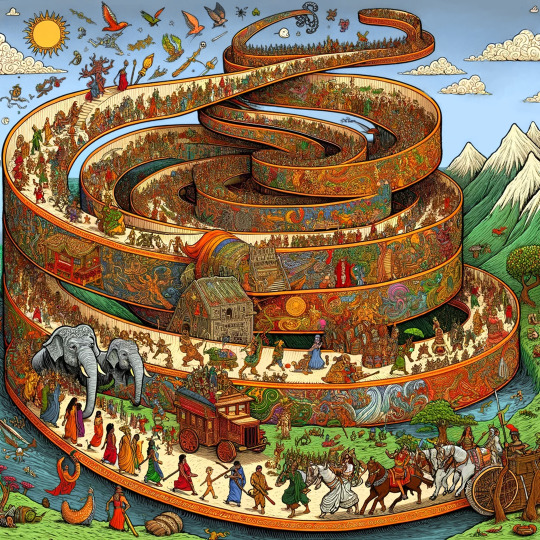
Heard of Mahābhārata? This ancient Indian epic is about ten times the length of Homer's Iliad and Odyssey combined.
Meaning: it never ends.
Its longest version consists of over 100,000 śloka or over 200,000 individual verse lines (each śloka is a couplet), and long prose passages. At about 1.8 million words in total, the Mahābhārata is about four times the length of the Rāmāyaṇa, compiled as oral and written stories between 3rd century BCE and the 4th century CE.
It is an ultra-marathon of moral conundrums, philosophical dilemmas, and the classic tussle between team good and team evil, all rolled into an astonishing narrative feast.
#history art#mahabharata#india#culture#art#history of india#ramayana#odyssey#hindu mythology#ai experiments#illustration#fun facts#history#indian#sanskrit#narrative#storytelling#ancient history#epic#books and reading
7 notes
·
View notes
Text
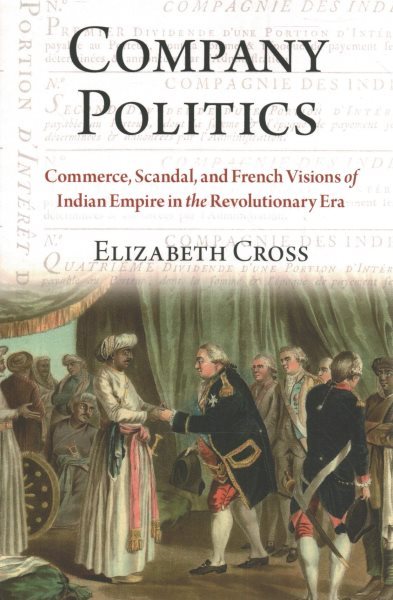
"This superb study of the last French East India Company examines the final decades of the old regime French empire in India, making clear the geopolitical and economic possibilities it still appeared to present. Following the company into the 1790s, when it was at the center of the French Revolution's greatest corruption scandal, Cross examines how revolutionary republicanism destabilized the patrimonial norms that underpinned the absolutist order. Comprehensively researched, deeply conceptualized, and a pleasure to read."
19 notes
·
View notes
Text
Studying about India's 16th century's history and architecture is giving me a strong feel of eramnesia about that era and people and their lifestyle
#i have a strong desire to live like the 16th century's princess's lifestyle atleast for a day😭#islamic architecture#indian architecture#history of india#desiblr#desi dark academia#desi aesthetic#desi tumblr#indian academia#spilled feelings#desi culture
79 notes
·
View notes
Text

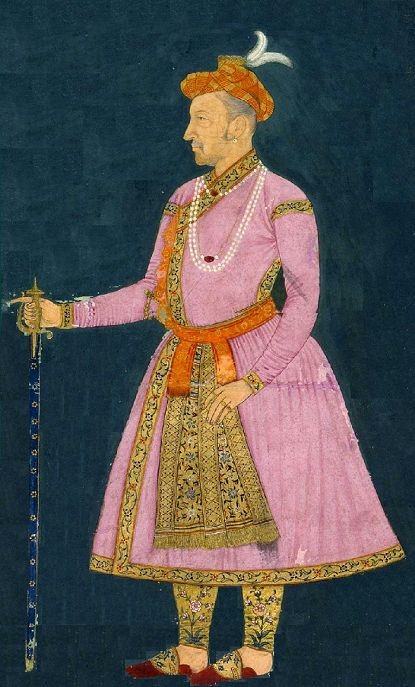
often the Mughal Emperors are shown with a ethnic look of Aryans/Central Asians but this depiction has many loop holes.
Mughals were claimed to have roots from Persian Mughals of Turkic-Mongol region. Even they have been risen from Timurid Dynasty hailing from Central Asia.
They had a more of Mongolian face cut.
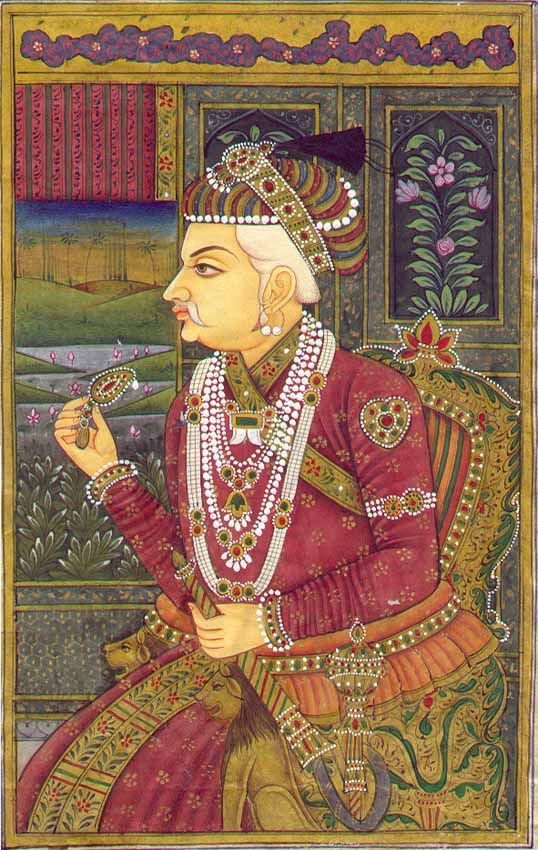
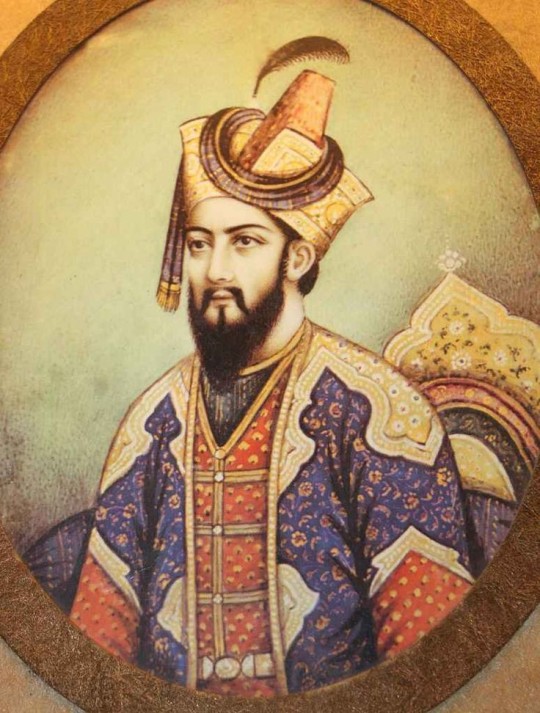
13 notes
·
View notes
Text
The aesthetics, the admiration on their faces, the whole ambience of these situations. ❤️🦋
#classical dance#dance#hindustani classical music#hindu#history of india#history#art#indian women#indian culture#indian academia#indian aesthetic#indian mythology#indian moodboard#indian writers#dancers#music#films#indian films#indian movies#desi#desi tumblr#desi aesthetic#sita ramam#bajirao mastani#shyam singha roy
14 notes
·
View notes
Text
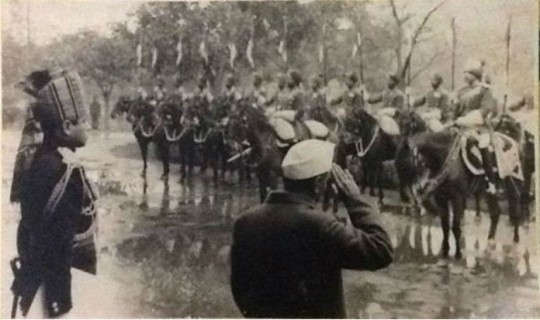
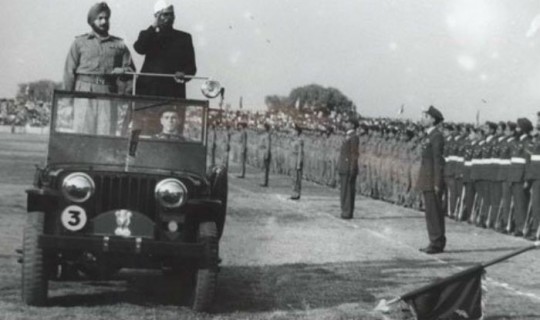

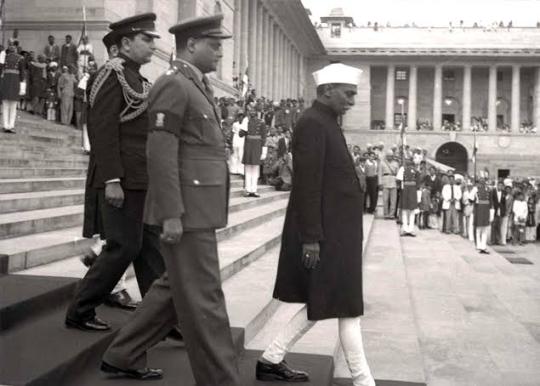
The year was 1950, the young nation of India celebrated it's first Republic Day.

India’s first Republic Day began with C Rajagopalachari proclaiming India a Sovereign Democratic Republic at the Rashtrapati Bhavan.
Today, for the first time in our long and chequered history,”he said “We find the whole of this vast land brought together under the jurisdiction of one consititution of one union which takes over responsibility for the welfare of more than 320 million men and women who inhabit it.”
- Dr Rajendra Prasad taking the oath as India’s first President

The chief guest on occasion was Indonesian President Dr Sukarno. On Nehru’s request, Delhi University had organised a special convocation to confer an honorary PhD on Sukarno. One moment to be remembered from this ceremony was the riveting role reversal between two of Asia’s charismatic leaders. It was common practice for Nehru to conclude his speeches by shouting Jai Hind. Then, he would say “Louder!” and the crowd would satisfy his demand.

A cartoon from HT published on 24 January showing Chairman of the Drafting Committee (and later Law Minister) B R Ambedkar holding an infant Republic of India while Mother India lays in bed exhausted from labour. Around him stand Dr Rajendra Prasad and Nehru, looking anxiously.
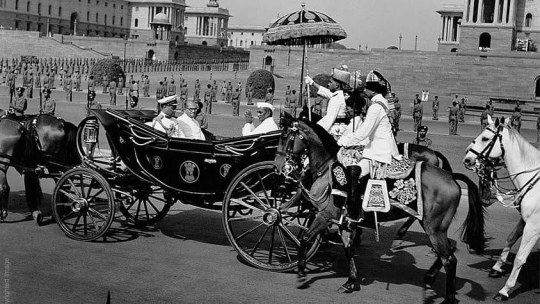
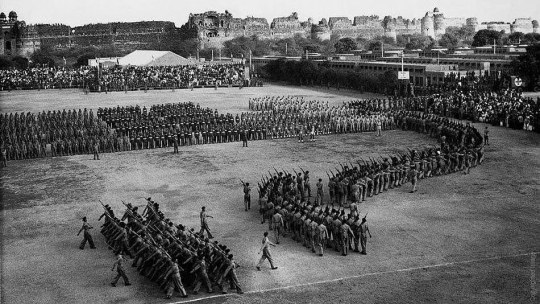
A 31-gun salute welcomed Dr Prasad to the first ever Republic Day celebrations. Dr Prasad proceeded to take a round of the amphitheatre, this time in a jeep, while saluting the 3,000 armed forces that had gathered there, after which he hoisted the tricolour, our national flag for the very first time. Another memorable speech by him was in the offing.
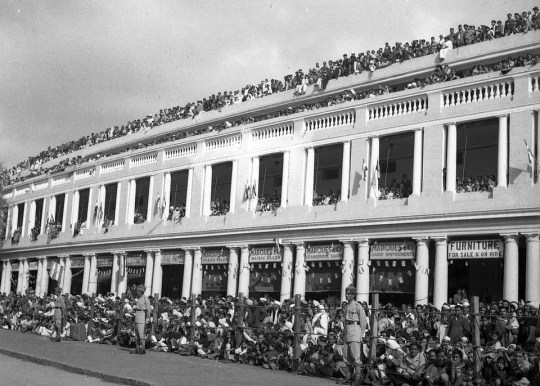
Nearby, in Connaught Place, people of all age groups thronged the streets and crowded restaurants; shops remained illuminated through the day while the Rashtrapati Bhavan lit up at night, marking yet another first of a custom followed till this day. The atmosphere was electric and the spirit of freedom, infectious. India was the first Commonwealth country to have entirely come into its own; it was the biggest national ceremony of the 20th century.
P. S. Guys I really don't know if this goes with algorithm of Tumblr but as an Indian I believe, completing 74 years of republic & democratic dominion is a great milestone and as a proud indian and true patriot, I loved making this post.
So,
HAPPY 74th REPUBLIC DAY 🇮🇳
७४ गणतंत्र दिवस की हार्दिक शुभकामनाएं 🇮🇳
#aesthetic#republic day#indian things#india#history#sneek peek#history of india#jai hind#desi culture#desi aesthetic#indian freedom struggle#indian freedom movement#74th republic day
9 notes
·
View notes
Text
Who is "Neera Arya" Today, I want to uncover the remarkable saga of Neera Arya, a name that time almost forgot but a legacy that deserves to shine.
Neera's story began on March 5, 1902, in the picturesque town of Khekra Nagar, Baghpat, Uttar Pradesh. A girl sent to Kolkata for education, she grew into a woman whose heart resonated with an unwavering love for her homeland.
As the flames of India's struggle for freedom swept the nation, Neera found herself drawn to the courageous Rani Jhansi Regiment of the Azad Hind Fauj, led by the visionary Netaji Subhash Chandra Bose. She transformed into a fierce warrior, fighting not just for herself but for the liberation of her beloved land. Fate wove a complex tapestry when Neera married Srikant Jai Ranjan Das, a British Army Officer and CID Inspector. Their union, however, was marked by clashing ideologies. Srikant's relentless pursuit of Netaji's secrets was met with Neera's unwavering commitment to the Azad Hind Fauj. Love collided with loyalty, a struggle that would shape their destiny.
Tensions escalated until one fateful day when Srikant's desperate bid to eliminate Netaji led to tragedy. Although Netaji survived, Neera's world was forever altered. Driven by a potent blend of anger and allegiance, she made the heart-wrenching decision to protect her cause by ending her husband's life. The echoes of her sacrifice would resonate through time.
Neera's path diverged into the dark corridors of the infamous Kala Pani prison in the Andaman and Nicobar Islands. Here, the British authorities tried to shatter her spirit, using unspeakable torture to extract information. Yet, in the midst of unimaginable suffering, Neera's spirit remained unbreakable, a fortress of resilience against their cruelty.
Day after day, Neera endured torment, her steadfastness turning into a testament of fortitude. Even when faced with an excruciating act of brutality that aimed to break her, she held her ground. The British authorities' tools of pain couldn't compel her to reveal Netaji's whereabouts. Her silence echoed the cries of an unyielding soul.
With India's long-awaited independence, Neera stepped out from the shadows of captivity. But the world she emerged into was unkind. Stripped of recognition and respect, she found herself dwelling in a modest roadside hut. Life's injustices knew no bounds as even her shelter was taken away, leaving her bereft and homeless.
On July 26, 1998, Neera's journey came to an end, marked by obscurity despite her monumental sacrifices. Her story is a poignant reminder of the countless unsung heroes whose valor and sacrifice remain hidden in the folds of history.
Let us remember Neera Arya and others like her who stood tall in the face of adversity. Let's ensure that their stories are etched into the fabric of our shared history. Together, let's acknowledge and honor these silent heroes who painted the canvas of India's independence with their blood, sweat, and tears.
Thank you for joining me in this voyage of remembrance. Feel free to share Neera Arya's story, ensuring her legacy lives on.
If you would like to read my answers, click here Sanatan Explorer
Thanks for reading ❤✔
namastey 🙏
2 notes
·
View notes
Note
I'm the previous anon who was talking about Indian Colonial history
I do follow you but I wanted to remain anonymous because I'm kinda shy 😭. You can call me Madhuri so that it's clear who I am
So I hadn't really put much thought into Shaan being a direct employee of the British monarchy until the other anon pointed it out and the more I think of it, the more weirded out I get because in a fictional novel, I feel that the author has the responsibility to make their content respectful to all groups of people and this move was kind of thoughtless.
Indians were treated like shit when the British governed our land. Basically, the British arrived as cloth traders and by creating this elaborate debt trap for rural weavers, they took over our economy and gained trade monopoly. They got some tax cessations from different kings and finally in the Battle of Plassey, they took over Bengal, a super super important place because it was in the plains, had a long coastline and was one of the most industrialised towns.
They started taxing people to hell and back with no regard for their well being. They told our kings they would provide them arms and forces to protect themselves against other rulers all while instigating whatever the opposite of peace is (I literally cannot think of a work for this, I'm so sorry)
Indians were forced to pay them, work for them without pay and make goods for them at extremely nominal amounts while the British got all the profit. We were kidnapped from our own lands and sent to plantations. There was this inland immigration act which did not allow workers to even exit tea gardens without written permission which was rarely given. They shut down our press and arrested our revolutionaries. Our people were forced to fight in the army. The first revolution actually started because the army was being forced to use bullets greased with pig fat and cow fat one of which was haram for muslims and the other was the product of an animal holy to the Hindus.
They decimated our country and the impact is still felt today.
I have watched a lot of movies about colonialism in India and one of the most chilling lines Ive heard was something along the lines of 'A bullet costs one pound by the time it reaches your gun Soldier. Are you really going to waste it on brown trash' this was followed by the soldiers beating a mother to death in front of her daughter and the entire village.
I'll recommend some movies to you. They are fiction but manage to capture the history so so well. You can find these on Netflix btw.
1) Lagaan- it's about taxation during a time of drought and a surreal way to escape it
2) RRR- honestly, I had watched some part of it but couldn't watch further because of how chilling it was and how hard it hit but it is considered to be amazing
3) Rang De Basanti- It's about college students shooting a film about freedom fighters and it alternates with the story of the revolutionaries and their parallels with the characters. These students are changed forever when one act makes them question the entire system and they become revolutionaries themselves. The ending was surprising and I could feel my heart being ripped out of my chest
Hey, Madhuri! No worries, I totally understand wanting to stay anonymous, I’m literally the same way on here so I get it.
Thank you so much for this! Yeah, my history classes definitely didn’t go over enough about any of this, but I’ll be reading more about everything this week, because it’s important and I want to learn more. It’s clear there is an entire history between Britain and India that I only know the very tip of, so thank you again for writing this all out. I’m sure a lot of people probably don’t know much about this (unfortunately, since our textbooks tend to… you know… veer on the side of the oppressors), so this will all be incredibly educational to anyone reading it. Feel free to send more my way whenever you want! I love this!
I’ve heard awesome things about RRR, but didn’t know what it was about. I’m gonna watch it this weekend! And that last movie sounds really good too! Thanks for the recs!!!
As for Shaan… I honestly think Casey just wasn’t thinking. This isn’t in defense of them, an author should always think about what they’re doing and how it could show up on page or screen, but I truthfully think they just wanted to fill that role with some sort of minority and picked Indian because of the large UK Indian population. I’d bet all of the money in my wallet ($20) that Casey doesn’t know any more than the vague basics of everything you’ve told me. I noticed that they described Nora, who’s Jewish, using some stereotypical Jewish traits too (I can write more on this if anyone wants, don’t want to hijack this post). It really was a guess-and-pick of races and ethnicities for them. I love how diverse the book is, but it’s sorta clear it was done for the spectacle, not for any real heartwarming reason. Casey knew it would probably sell better, since it would be talked about as an incredibly varied collection of characters, I don’t think they thought about more than that, or didn’t think it would matter because of the positives.
Do I think Casey meant any direct hurt with it? No.
Do I think that Casey’s lack of understanding or having any knowledge beyond their contained worldview causes harm indirectly? Yes.
#rwrb movie#red white and royal blue#red white royal blue movie#rwrb cast#RWRB Shaan#Indian history#history of British india#history of india#casey mcquiston#RWRB Nora#RWRB book
6 notes
·
View notes
Text
#celebrities#writers#museums#developers & startups#india#islamic#elden ring invasions#invasion secreta#history#world history#culture#archaeology#star wars#history of india#mahmud asrar
2 notes
·
View notes
Text
Time Travel Question: Winner's Match Up
7
These Questions are the winners from the previous iteration.
Please add new suggestions below, if you have them, for future consideration.
#Time Travel#Metalworking#History of India#Pre-colonization Ecosystems#The Americas#Pre-colonization#Ecosystems
44 notes
·
View notes
Text
Maharaja Duleep Singh (4 September 1838 – 22 October 1893)

A young Maharaja Duleep Singh.
Maharaja Duleep Singh (4 September 1838 – 22 October 1893), was born in Lahore in 1838. He was the youngest son of the legendary Maharaja Ranjit Singh, the Lion of Punjab, Duleep Singh ascended to the Gaddi of Lahore in 1843. This period also saw the once impenetrable Punjab annexed by the British East India Company.
Promptly de-throning the young Maharaja, the Company was determined to cut him off from his now erstwhile subjects to curb any chance of a rally of support to re-instate him. He was removed from Punjab by British authorities, sequestered to the Hill Station of Mussoorie, followed by his de facto exile to England.
In 1849 at the age of 10, he was removed from the Punjab with his title and power devolved. The Koh-i-Noor Diamond, part of his inheritance, was surrendered to Queen Victoria.

Queen Victoria wearing the Koh-i-noor as a brooch
He was subsequently kidnapped by the British Crown, and thereafter exiled to Britain at age 15 where he was befriended by Queen Victoria, who is reported to have written of the Punjabi Maharaja: "Those eyes and those teeth are too beautiful".
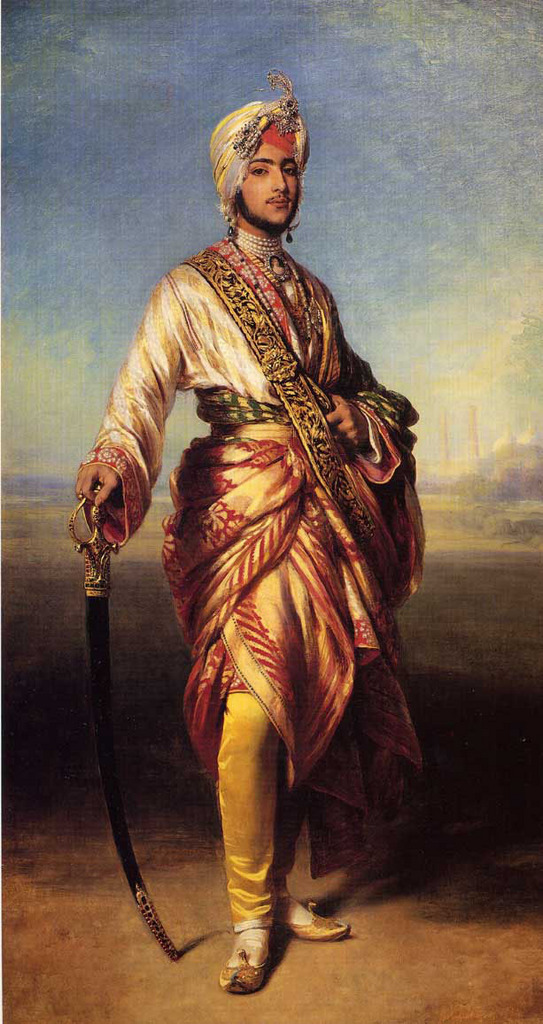
Duleep Singh (1838–1893) in 1854; portrait by Franz Xaver Winterhalter
Duleep Singh became known for his extravagant lifestyle, enjoying the countryside and game-shooting in particular. Duleep Singh also rebuilt the church, cottages and school in Elveden. Despite his lifestyle in Britain, he decided to fight to reclaim his land and title in the Punjab.

Duleep Singh photographed by Dr. Ernst Becker in 1854 on the lower terrace at Osborne House
In 1886 he returned to India where he re-converted to Sikhism. He went to live in Paris where he enlisted the help of Irish revolutionaries and the Russians to lead a revolt against the British in the Punjab but he was ultimately unsuccessful in bringing these plans to fruition.
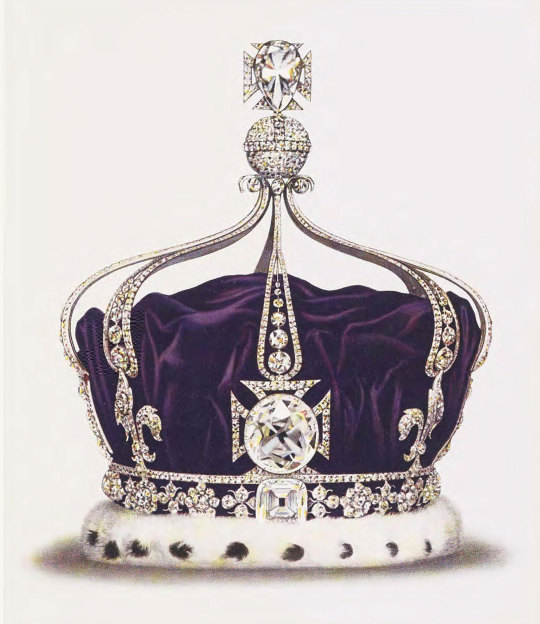
The Koh-i-noor diamond (which may have been referred to in Mesopotamian texts dating to 3200 bce) mounted in the centre of the cross pattée on the Queen Elizabeth the Queen Mother's Crown.
#the royal diaries#queen victoria#Victoria: May Blossom of Britannia#maharaja duleep singh#history of india#koh-i-noor diamond#british colonialism#british imperialism
6 notes
·
View notes
Text

"A major work of original scholarship that provides an eye-opening perspective on the history of South Asia over the past five hundred years, putting ecology and environmental change at the heart of the story."
#uwlibraries#history books#environmental history#south asian history#imperial history#history of india
15 notes
·
View notes
Text
Ashoka the Great
Hey folks, let me tell you about the greatest emperor of the Mauryan Empire Ashoka The Great.
Samrat Ashoka was the person who ruled all over India and is the greatest emperor of all time in the Mauryan Dynasty. Ashoka is the greatest emperor of the great Mauryan dynasty and he spread his entire empire all over India. He not only spread his empire but also spread Buddhism all over India. Samrat Ashoka is the Grandchild of great emperor Chandragupta Maurya and son of Bindusara. Who founded the Mauryan and Where? The Maurya Empire was the first major Indian empire and also the largest created by the Indian dynasty. The Maurya Empire was founded by Chandragupta Maurya, with help from Chanakya, at Takshashila, a noted center of learning. Ashoka the greatest emperor was the third monarch of the Mauryan dynasty. He was born in 304 BC and died in 232 BC.
Ashoka was the greatest emperor, but why?
Ashoka the great is well known for the war of Kalinga and to establish the concept of Dhamma. He is also famous for the promotion of Buddhism all over India and his kingdom was spread from modern-day Iran to almost entirely all over India or Pan India.
The principles of the Arthashastra, a political treatise attributed to the prime minister Chanakya (also known as Kautilya and Vishnugupta, (350-275BCE), who served under Ashoka's grandfather Chandragupta (r. c. 321-c. 297 BCE), who established the empire, allowed Ashoka to rule this vast empire at first. He is the teacher of Ashoka the greatest emperor
Ashoka means "without suffering" and was probably his name. He is mentioned in a stone-carved edict as Devanampya Piyadassi, which according to scholar John Keyy (and academic consensus agrees) is "beloved by the gods." ' and 'graceful countenance'. He is said to have been particularly ruthless in the early part of his reign until he launched a campaign against the Kalinga kingdom. 260 BC, leading to such carnage, destruction, and death that King Ashoka renounced war, eventually converted to Buddhism, and devoted himself to peace as exemplified in his conception of the Dhamma. Aside from his edict, most of what is known about him come from the Buddhist scriptures, which treat him as a model of conversion and good deeds.
We all have someone in our life who will show us the right way. In Samrat Ashoka's life, there is a person who changed everything; his name is Chanakya. Yes, you must have read about him somewhere on Internet but he is very famous in India for his study in Arthashastra.
Read More
#Samrat Ashoka#education#history#religion#sociology#historic fashion#archaeology#anthropology#culture#ancient india#history of india
5 notes
·
View notes
Text

During the early medieval period the relations between all the castes were very cordial and marriages could also take place between them. The caste of an issue was determined according to that of his or her father. India presents a progressive society as compared with the later period of the Medieval Age.
0 notes
Text
History of India in Hindi
0 notes